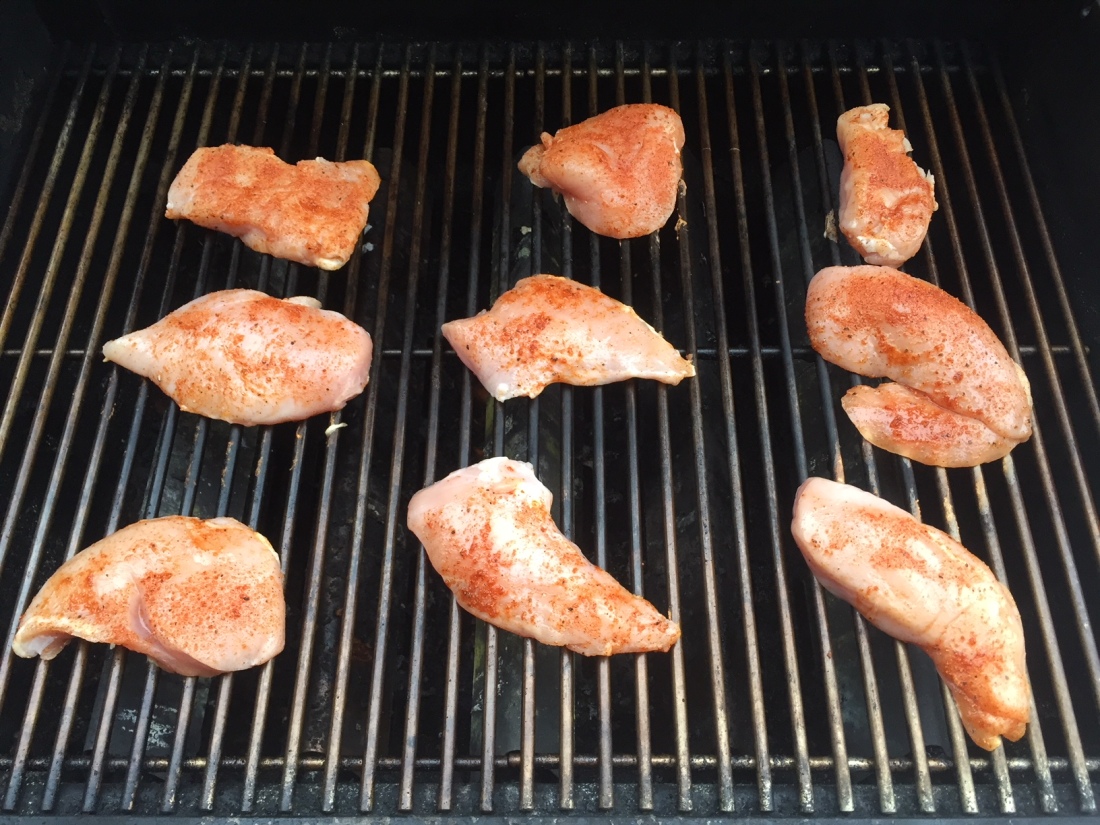
Sustainable and Sushi – almost an oxy-moron you would think. Most people associate sushi with Tuna and Salmon – both of which are fished with some of the most irresponsible fishing practices imaginable. I love sushi and have eaten it since I was a teenager – I have sought out sushi restaurants in cities that I have traveled to and lived – Boston, San Diego, San Francisco, Basel, Brisbane, London – and eaten almost everything on the menu from Sea Urchin gonads (that’s what you get when you order Uni, it’s the edible part of sea urchins) to live shrimp and firefly squid. And loved it all. So now I face a problem with this new approach to seeking out sustainable food.
Finding sustainable seafood at a restaurant can be difficult since very few are going to tell you that whether their seafood was caught responsibly or even where it was caught – some may not even know themselves. So how can you eat out at a sushi restaurant (particularly if you love the taste of raw fish like myself). I thought I would go through the menu of a sushi restaurant (Zen Sushi on Beacon St) that I know which I would rate a ‘good’ sushi restaurant – not excellent but solid. The gold standard used for judging sustainable seafood is the the Monterrey Bay Seafood website (http://www.seafoodwatch.org/). On the website you enter the name of the seafood and it will come up a rating of whether it is the ‘Best Choice’, ‘Good Alternative’ or ‘Avoid’. There is a lot of information needed to assign a correct rating such as where it was caught and the method used to catch – most restaurants are not going to have this information. I went through the Sushi a la carte section of the menu and attempted to rate according to the Monterrey Bay Seafood website.
Ebi (shrimp) – Usually Ebi is cooked and this shrimp could have come from anywhere. Most shrimp is not from a sustainable source therefore – AVOID
Kanikama (Imitation Crab Meat) – I avoid this, this is why …(https://www.businessinsider.com/imitation-crab-meat-ingredients-explained-2017-5)
Maguro (Tuna) – There are many species of tuna that are in danger primarily from the world’s love of sushi. The most popular Giant Bluefin Tuna is very much in danger and should be avoided. Albacore and Bigeye tuna seem to be good bets but only if caught by handlines or pole-and-lines in certain regions. A generic ‘tuna’ without knowing where and how it was caught therefore should be avoided.
Sake (Salmon) – Like tuna, salmon is one of the most popular of sushi fish. Also, like tuna many species are in danger due to irresponsible fishing but there are certain regions and fishing methods that have a Best Choice rating. Questions is can you find out that information? And are you willing? The best choice seems to be Alaskan salmon.
Saba (Mackerel) – This looks good! Particularly North American
Suzuki (Sea Bass) – Mostly looks good except those caught in the NW Atlantic by Bottom trawls (how do you find this out?)
Hamachi (Yellowtail) – Looks pretty good except if it is from Japan
Ikura (Salmon Roe) – Thumbs up!
Tobiko (Flying Fish Roe) – probably not? From Iceland they are OK, Japan they are not (https://www.outsideonline.com/1914601/sustainable-seafood-myth)
Kaibashira (Scallop) – Looks good unless they are from Peru
Tako (Octopus) – only from certain counties and methods of catch so probably avoid to be safe
Hokkigai (Surf Clam) – Looks good!
Ika (Squid) – Again unless you know where and how it was caught should probably avoid
Unagi (Fresh Water Eel) – The website is quite clear about this one: “Buyer beware! Eel (“unagi” in sushi) is very popular, but also on the “Avoid” list. Eel ranks among the worst seafood choices from an environmental perspective”
Uni (Sea Urchin) – Good as long as its not from Maine
Large Ama-Ebi (Sweet Shrimp) – Good to go! And one of my favorites!
Saku (White Tuna) – should avoid this is why: http://www.foodrepublic.com/2016/08/02/what-is-white-tuna-and-is-it-safe-to-eat/
Smoked Salmon – could be from anywhere so avoid
Therefore the options seems to be limited but some possibilities. : Definite – Saba, Ikura, Ama-Ebi, Surf Clam; Maybe: Sea bass, Yellowtail, Scallop – ask where it is from.















You must be logged in to post a comment.